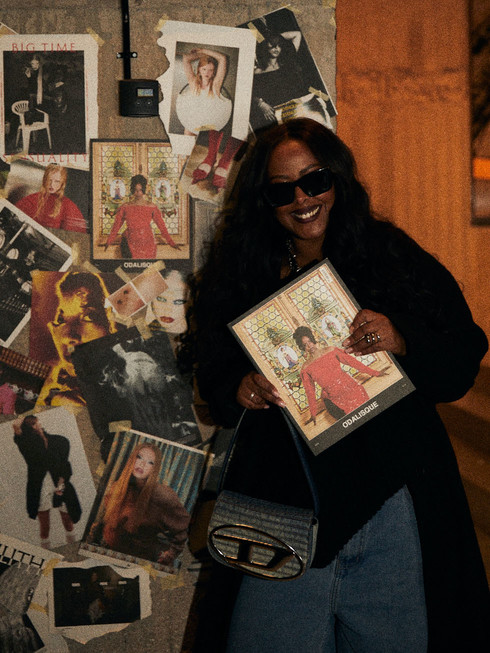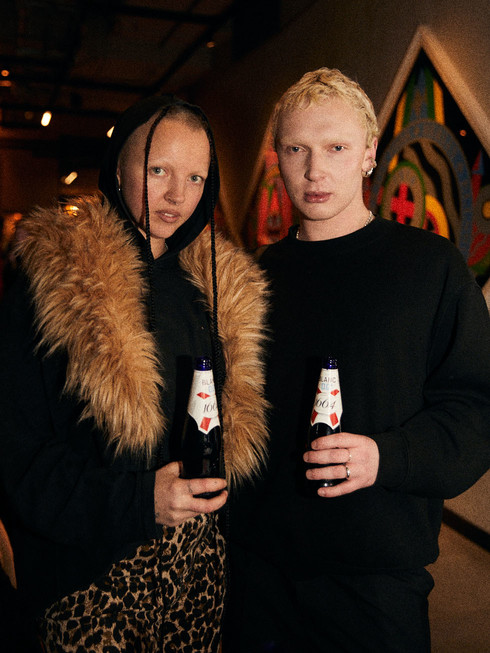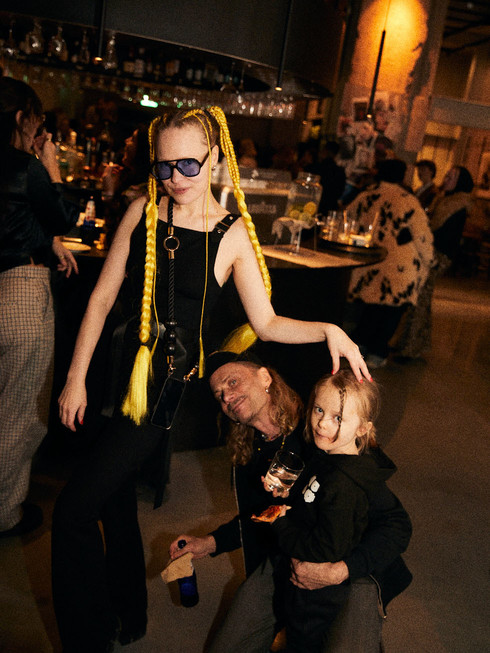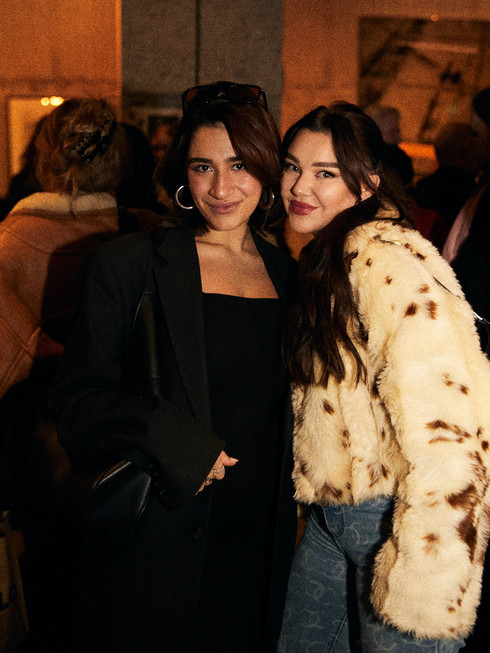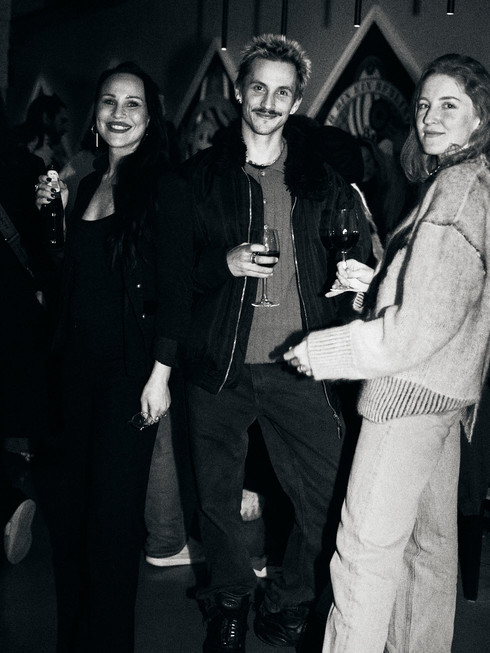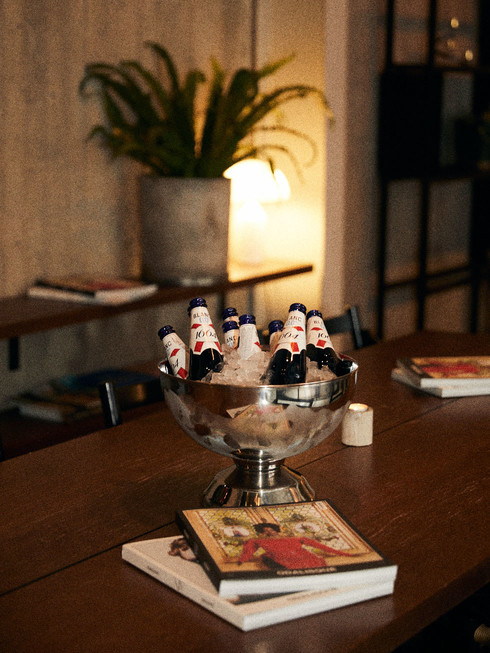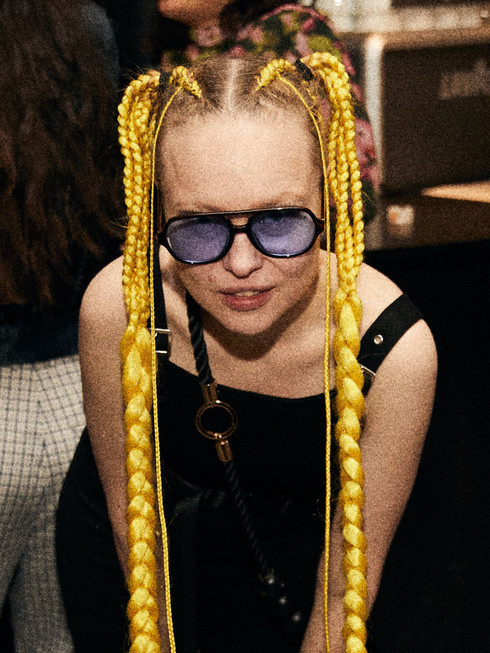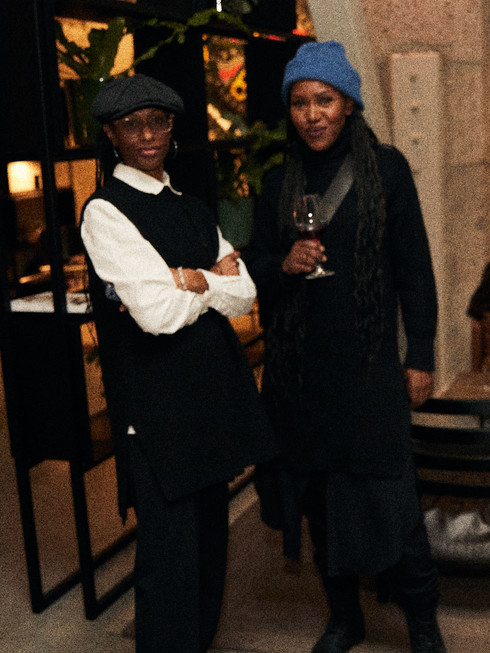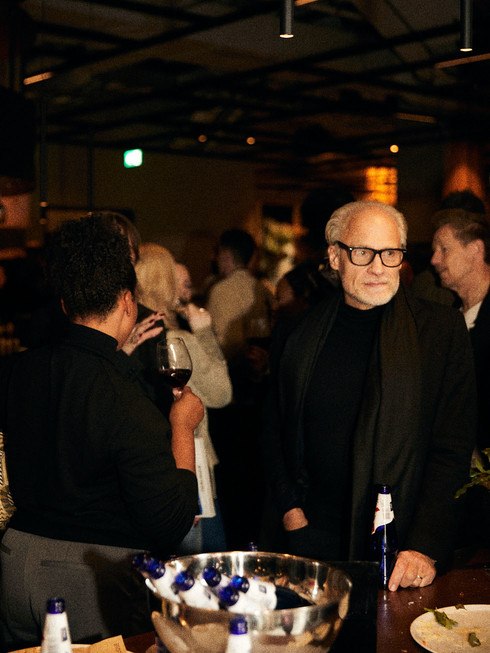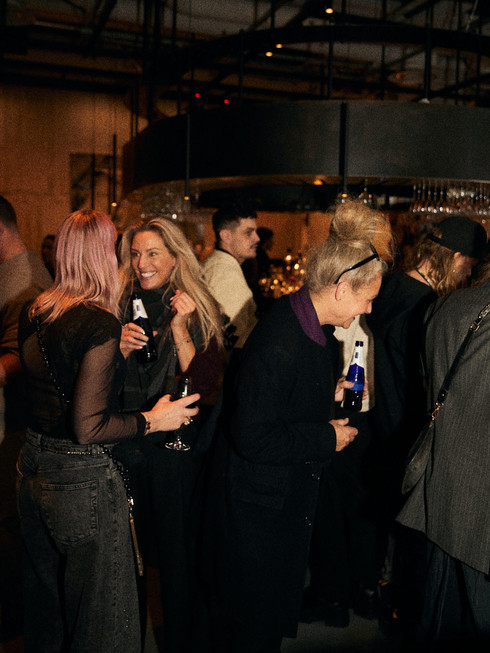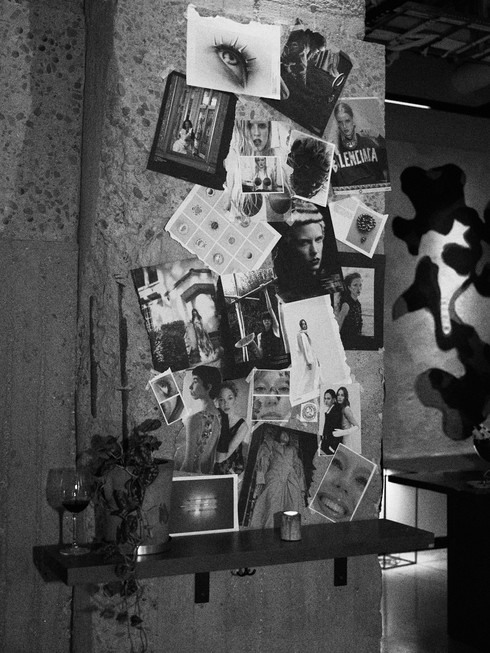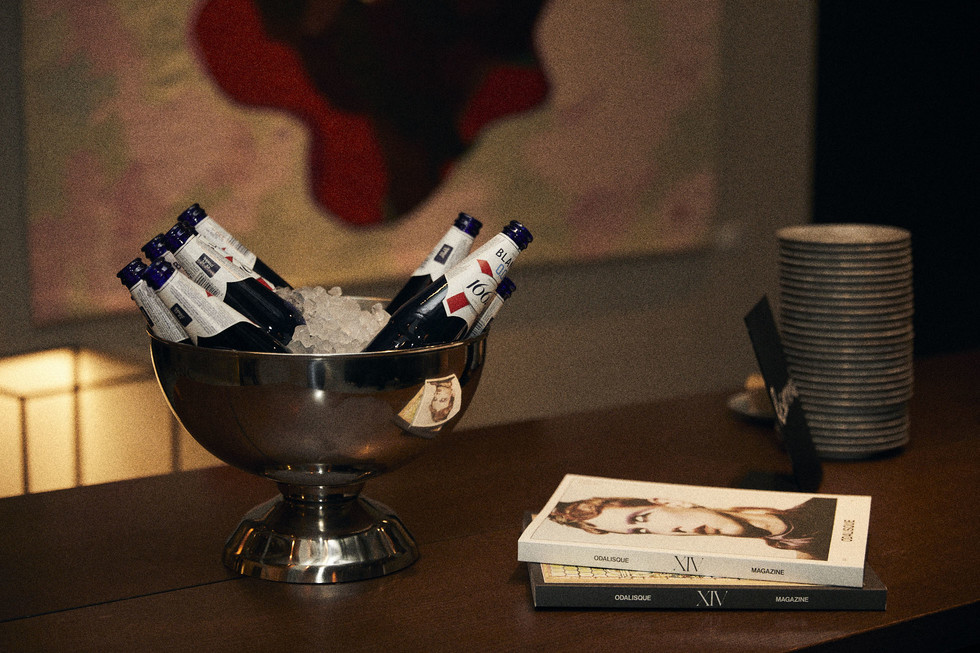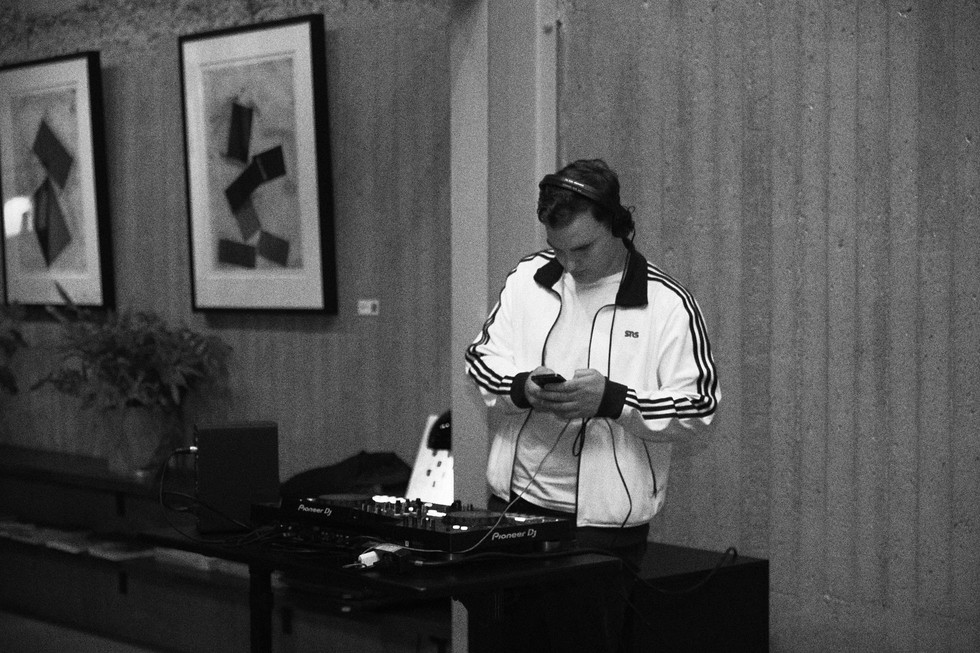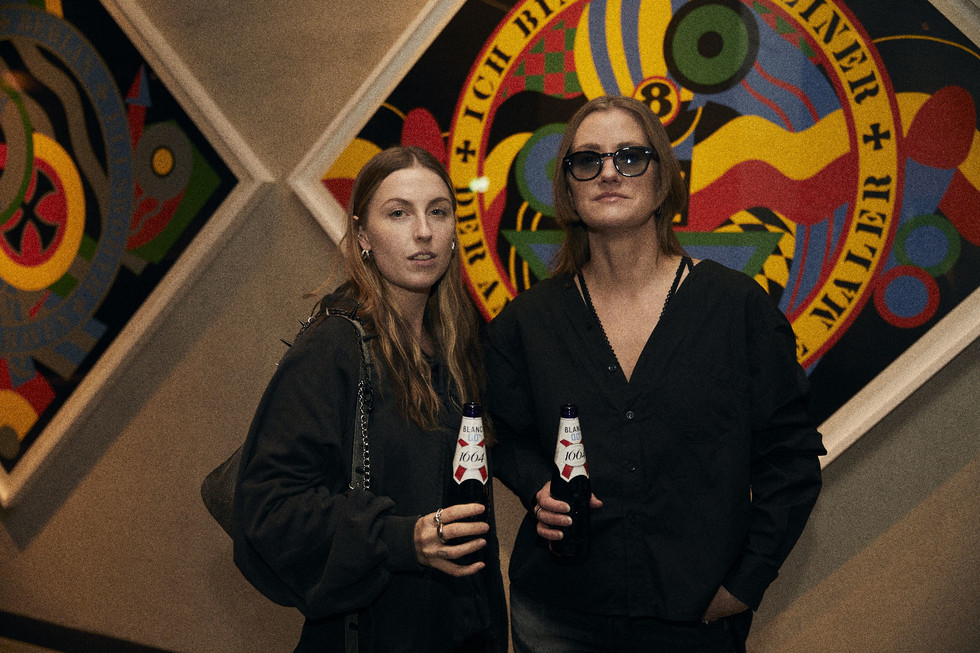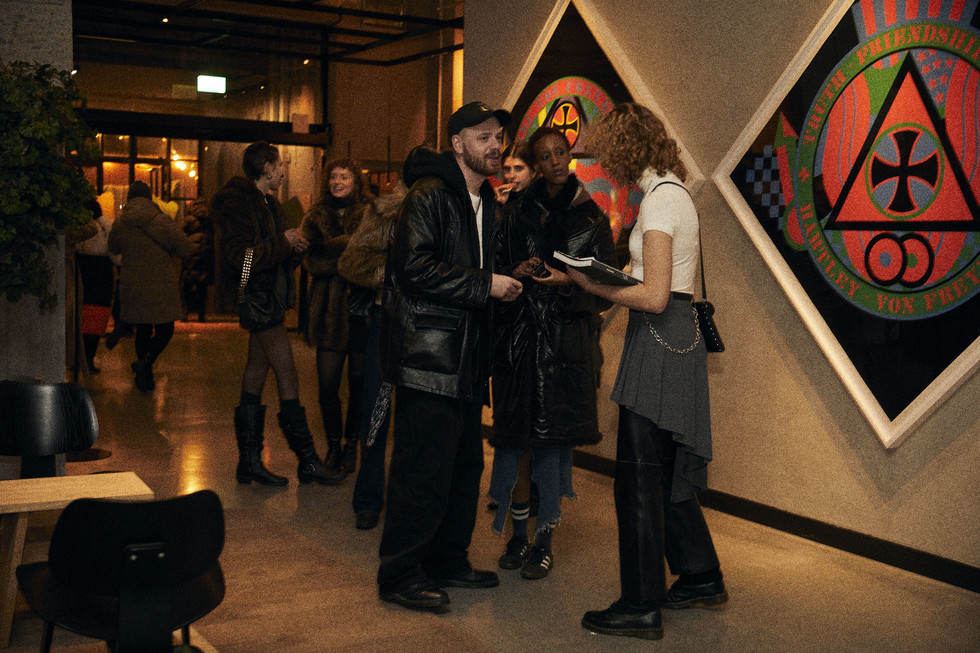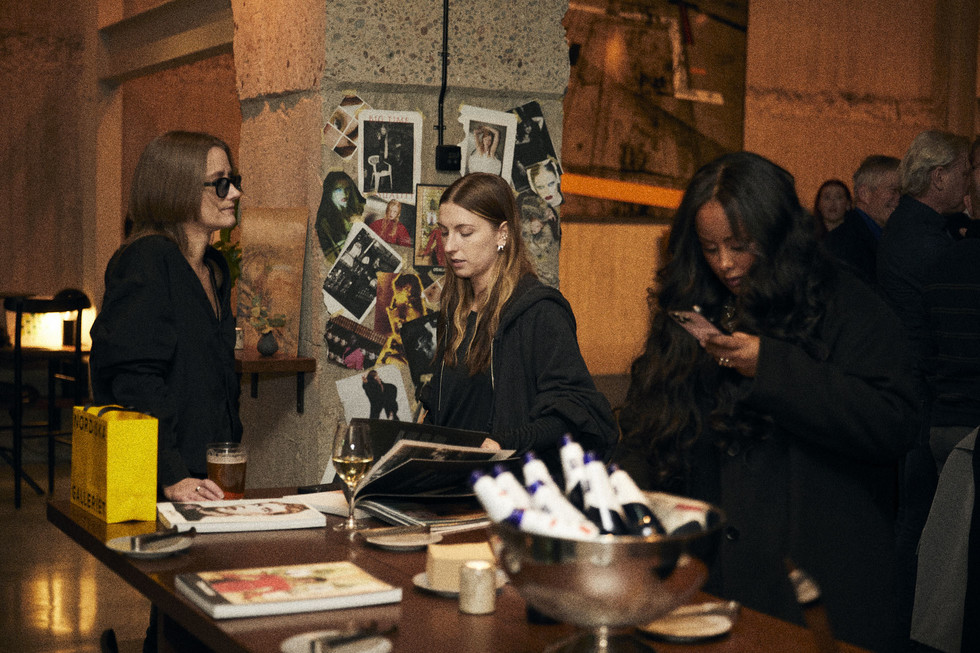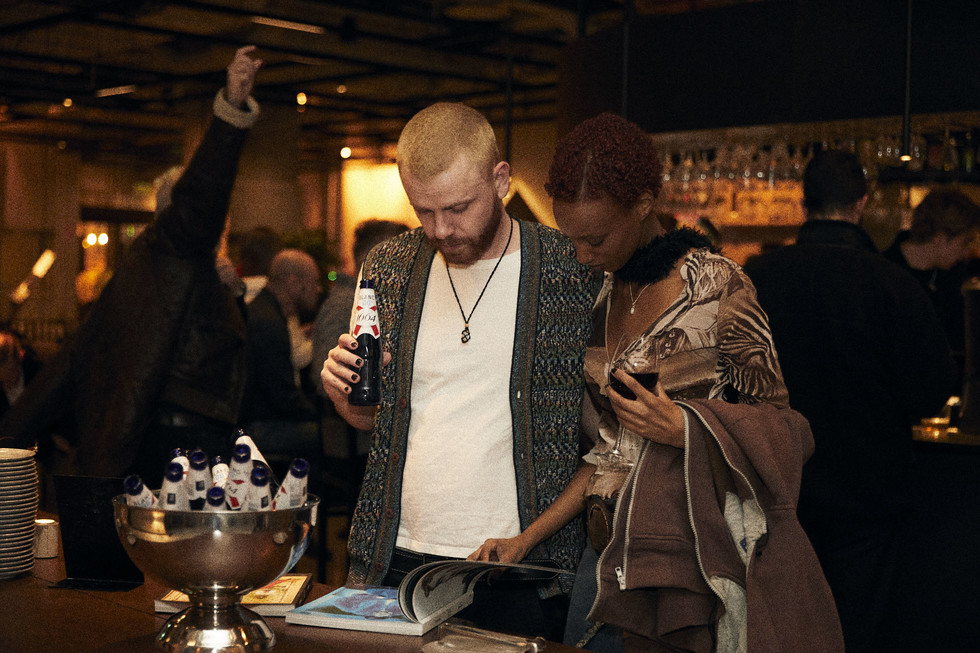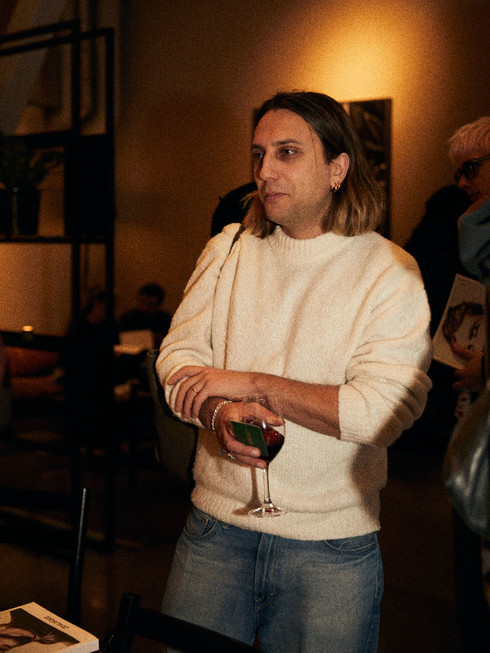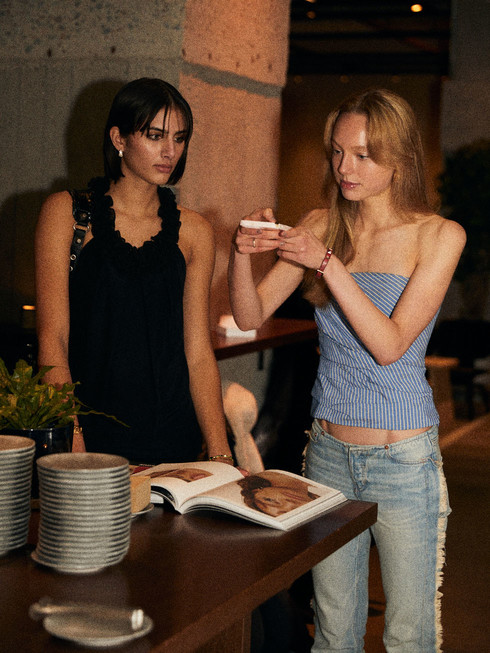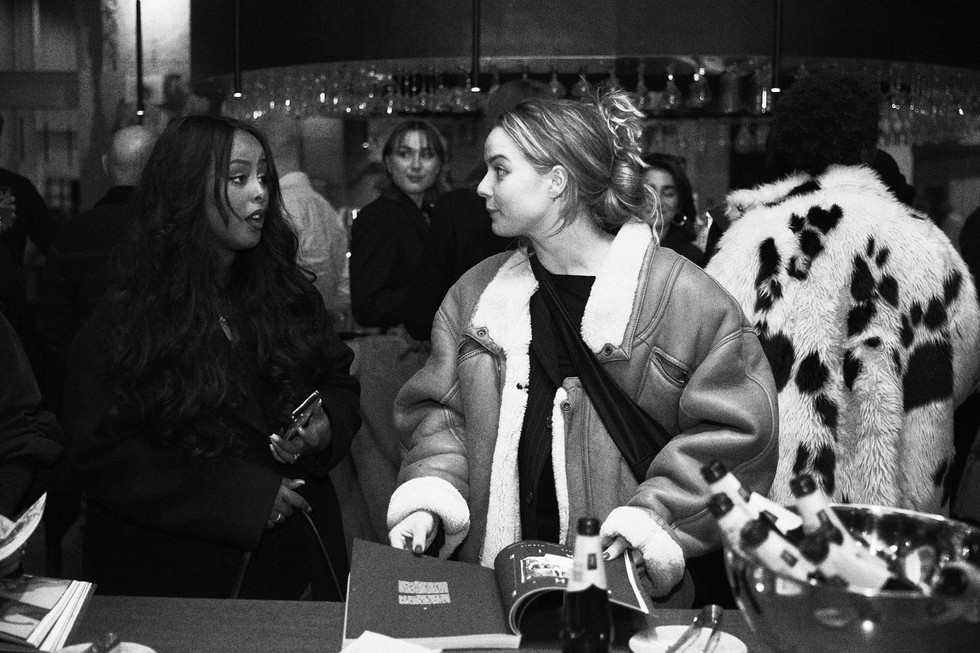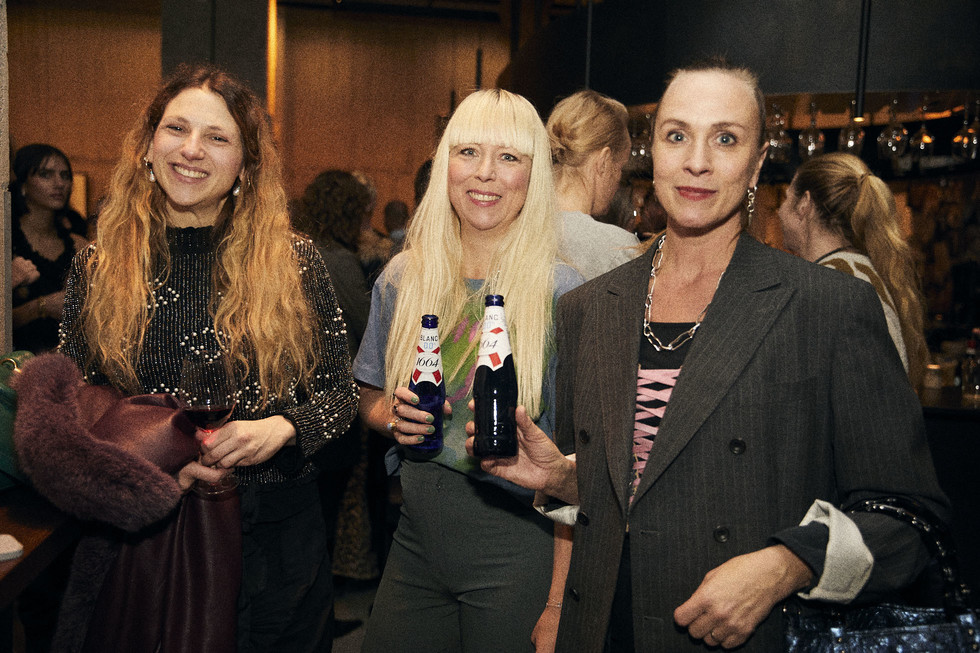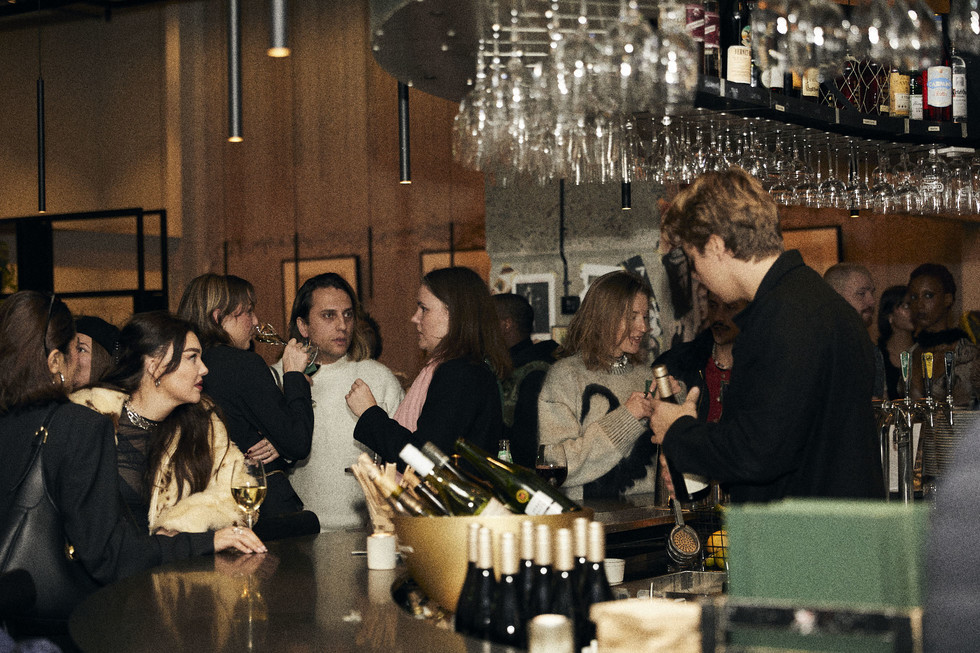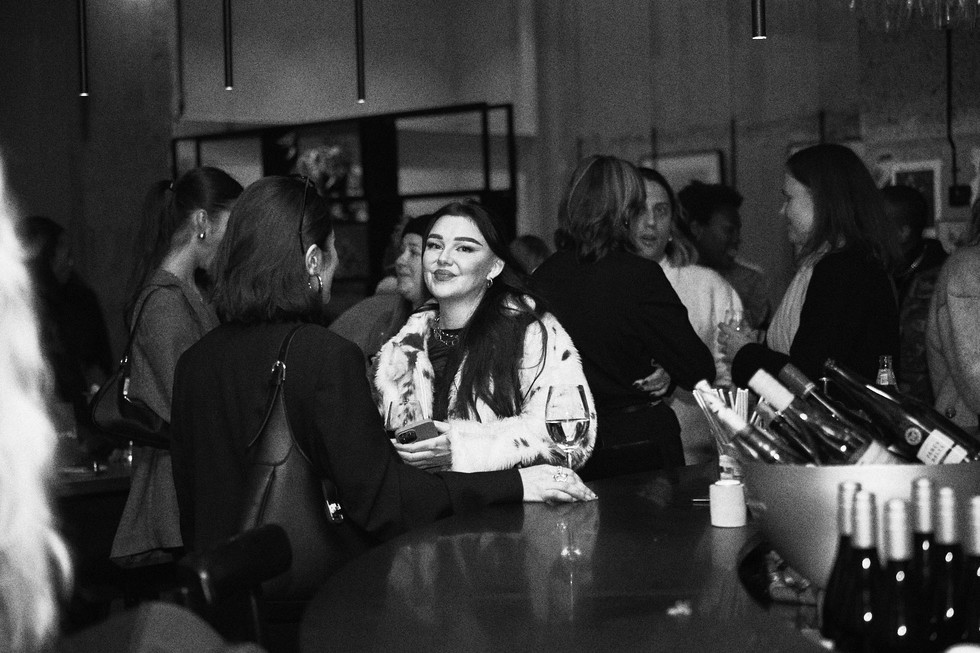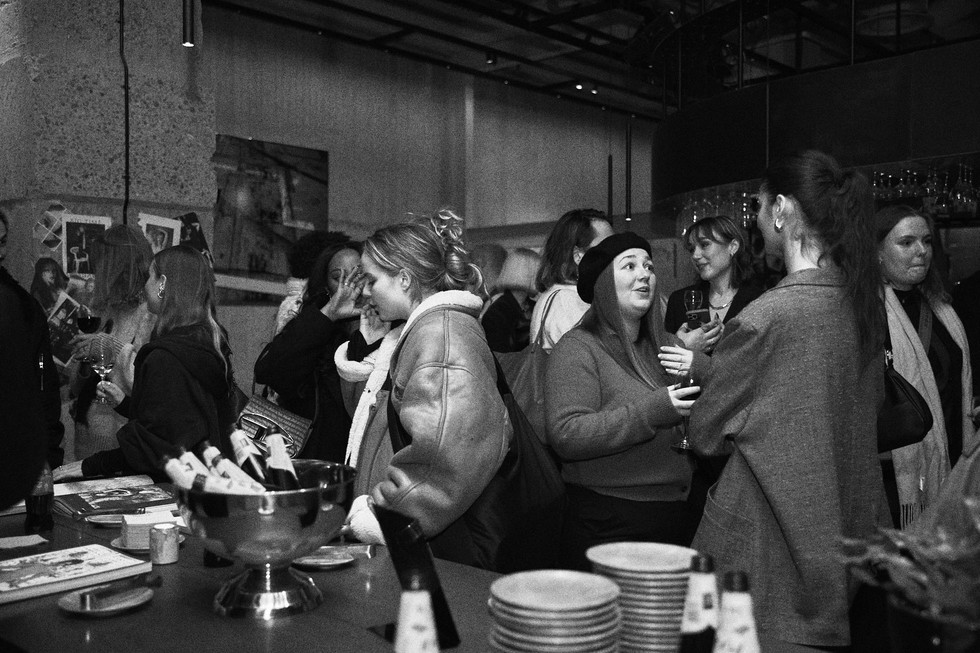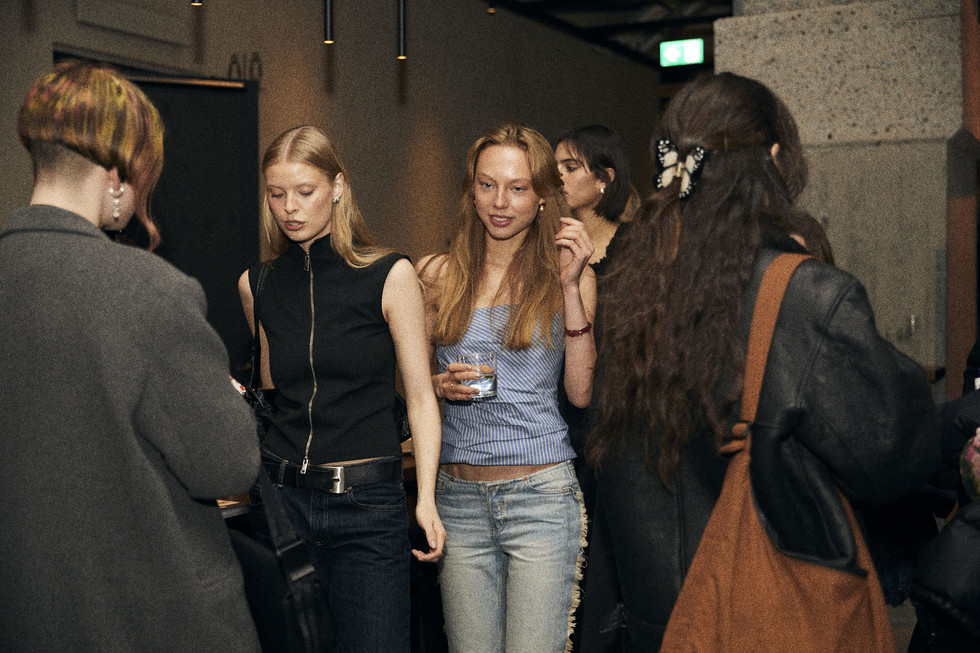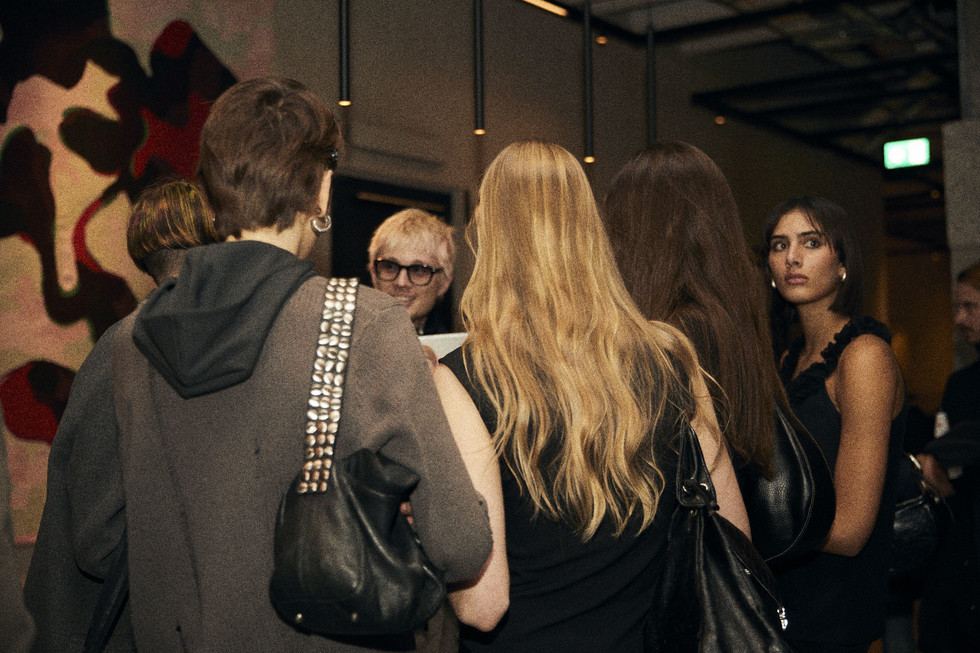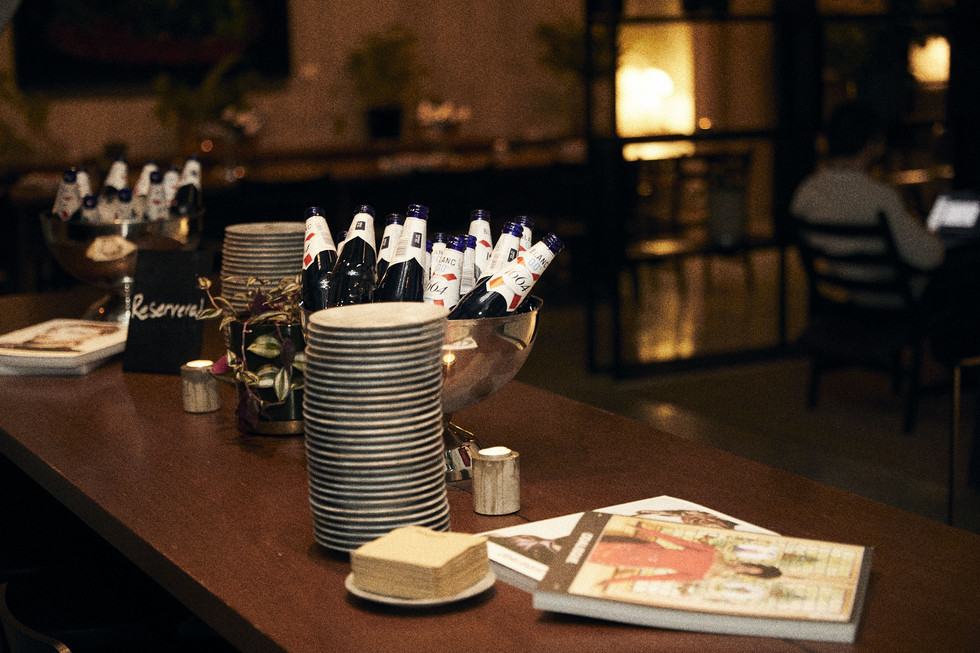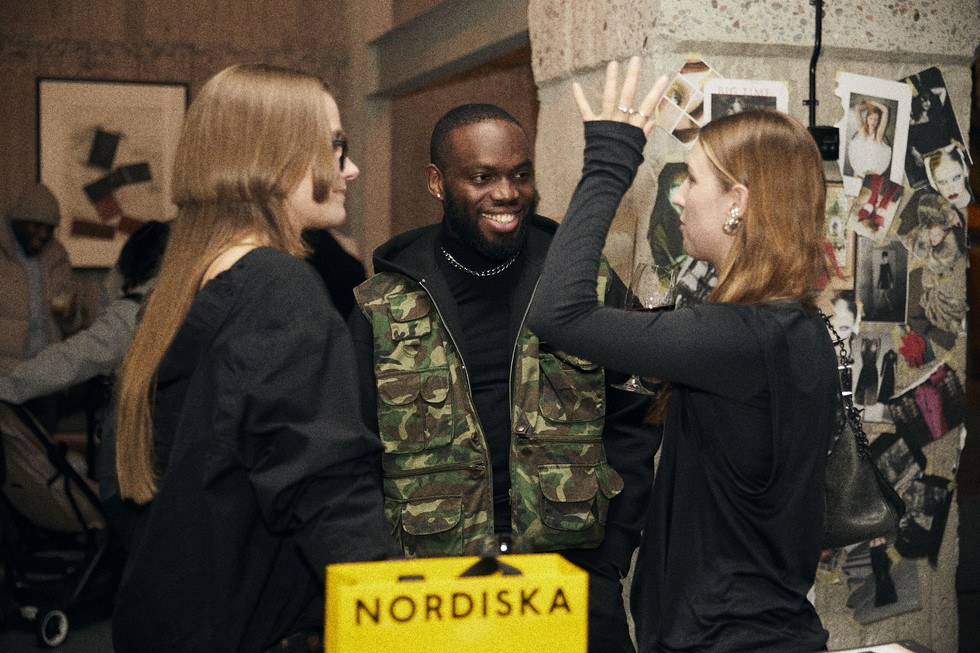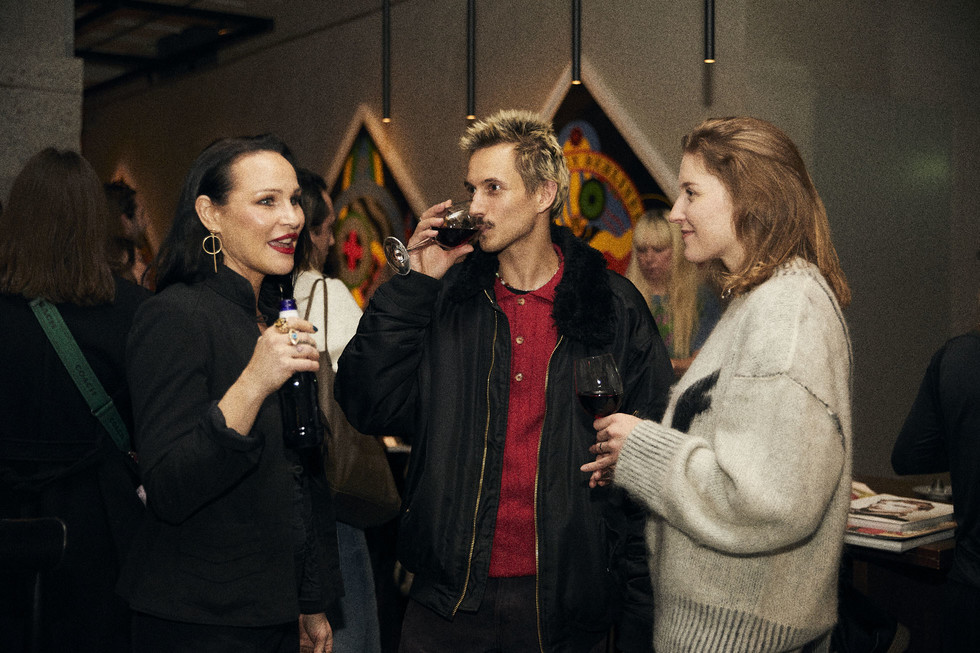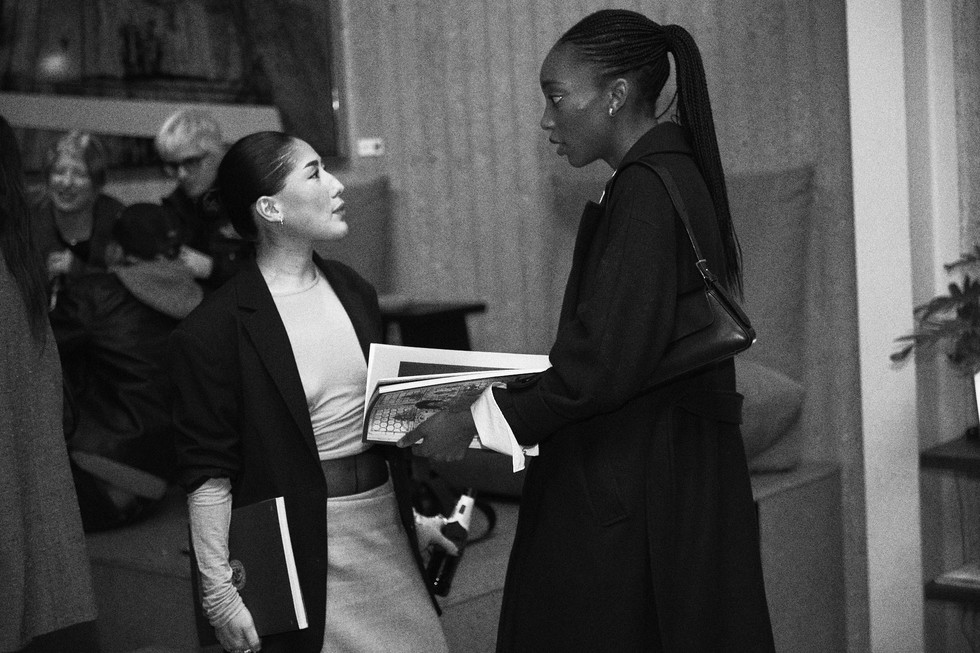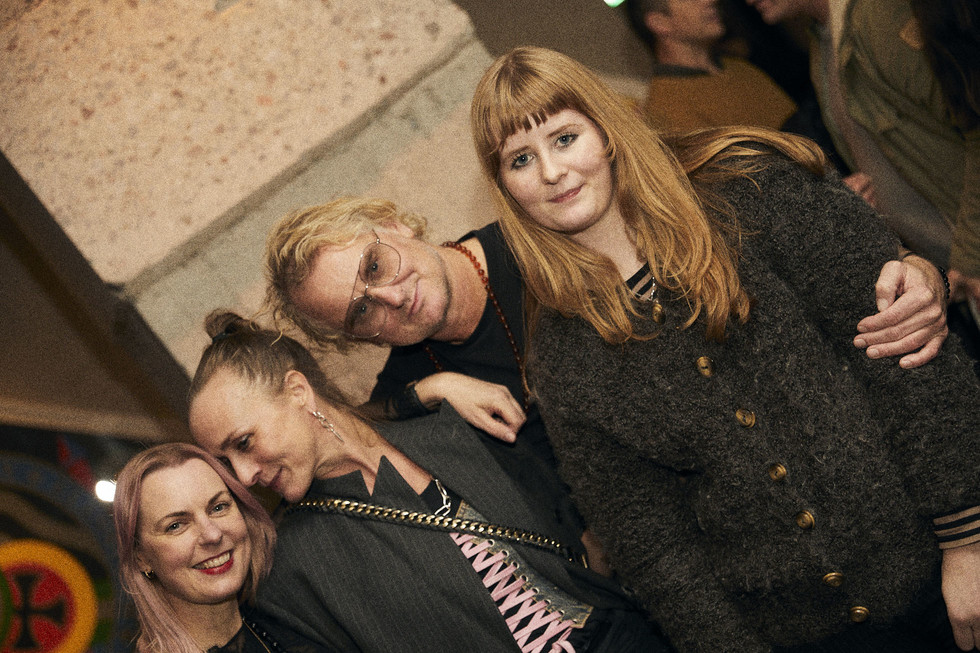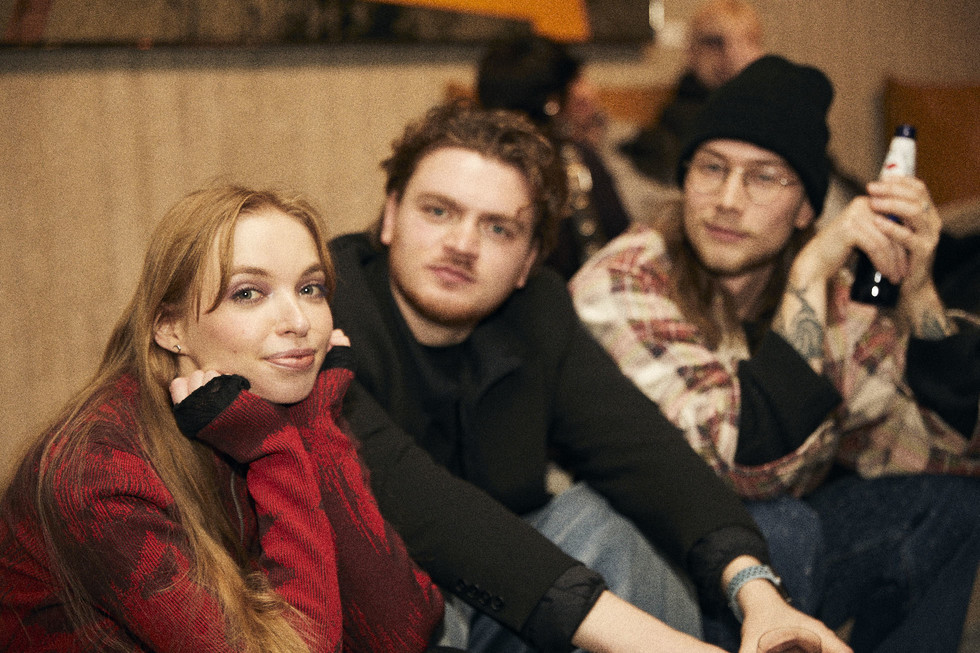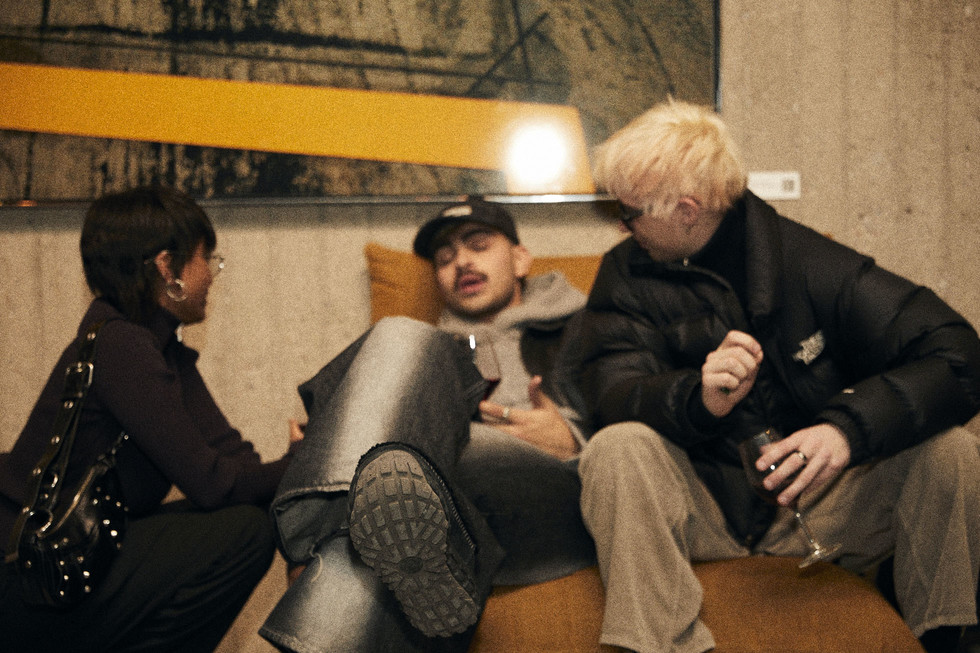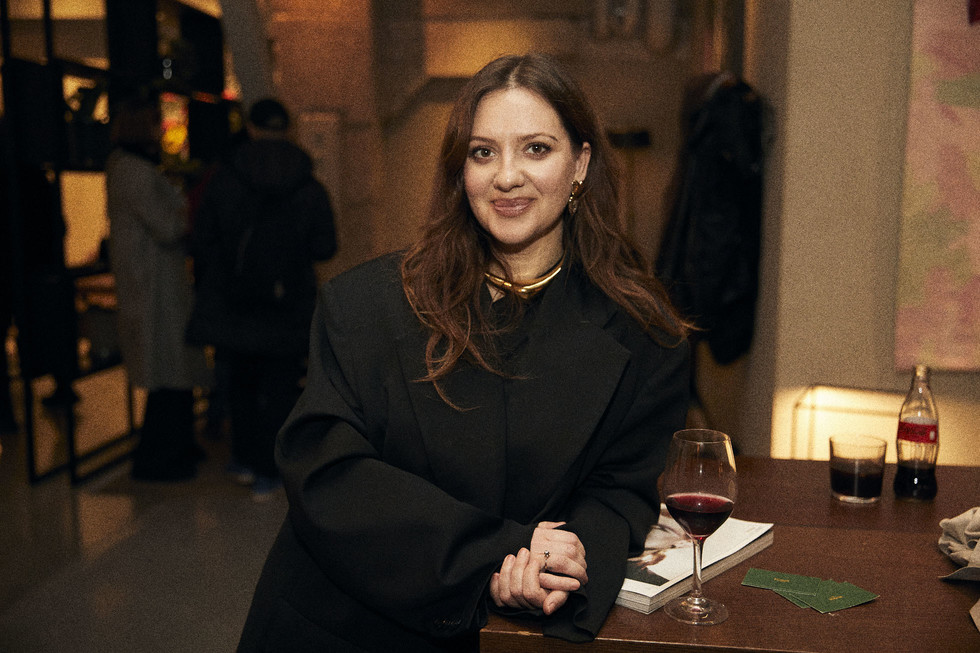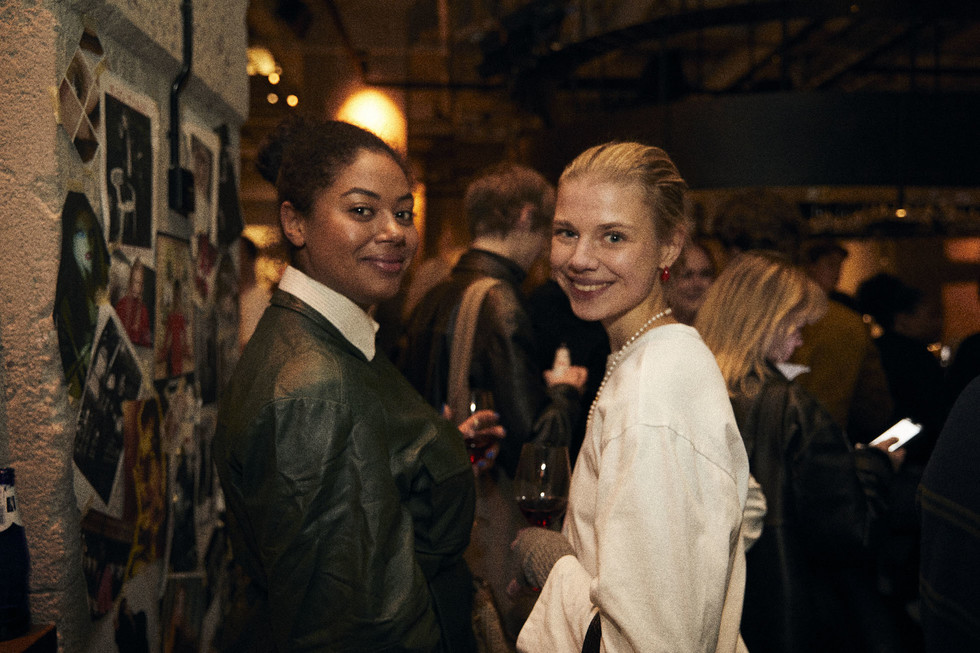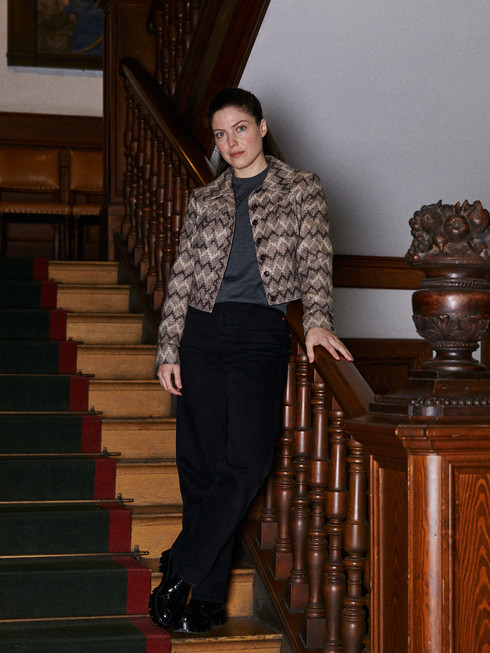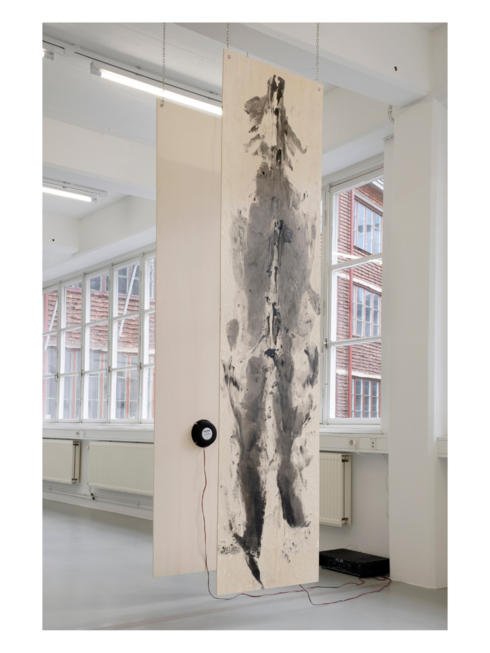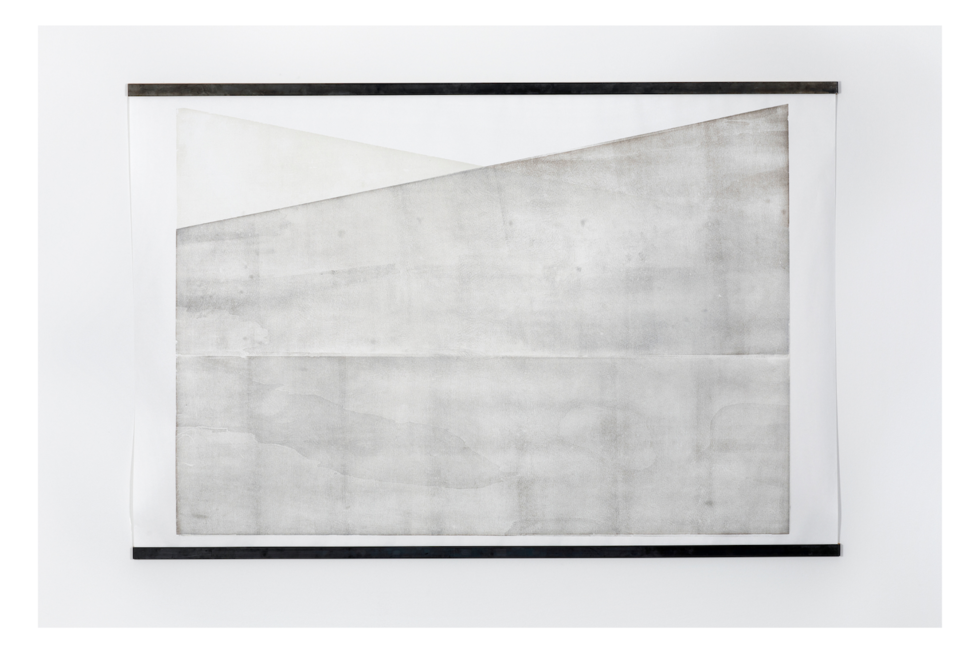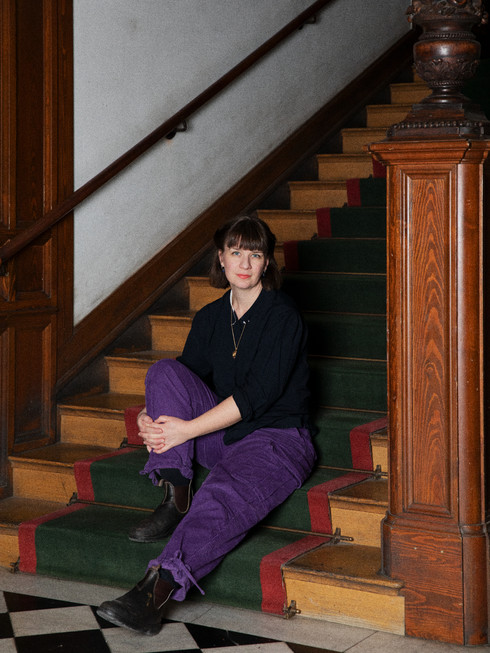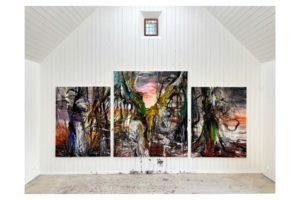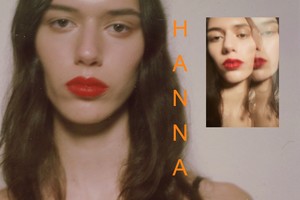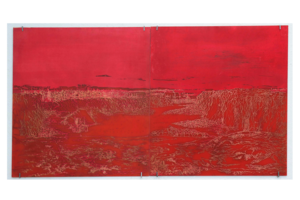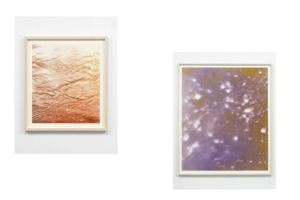Jordana Loeb's practice bridges printmaking, sculpture, sound, and movement, creating deeply transformative works that connect natural materials with themes of memory, heritage, and interaction. Her experimental approach—most recently exemplified by her ongoing project Wooden Feedback—demonstrates an innovative fusion of traditional techniques with contemporary performance and sound. The American artist, who is based in Stockholm, has been awarded the Ann-Margret Lindell Stipendium by Grafikens Hus, in recognition of her contributions to graphic arts.
In our conversation, Loeb offers insights into her creative process and the evolving dialogue between materials, movement, and sound.
Natalia Muntean: Your practice merges printmaking, sculpture, and sound with influences from dance and movement. How do you ensure these elements communicate cohesively in your work?
Jordana Loeb: One aspect that has tied printmaking, sculpture and sound together in my practice has been the material, such as wood. Through hours of repetitive carving, I started to question the material. Does the tone of the wood change from carving at different depths? How do the density, hardness and type of wood also affect the sound? In the ongoing project, “Wooden Feedback”(2022-), a series of carved resonating boards, I have combined relief processes, sculpture and sound in connection with the moving body. Each of these processes has its own dimension, and the combination of the four, as seen in this work, allows for them to coexist. I am drawn to letting the material speak for itself and giving it the space to do so. This has been important as it shows the cause and effect. Specifically in how the sonic feedback loop is driven by the interaction between the body's movements and wooden boards.
NM: What inspired you to merge your background in movement with traditional graphic techniques, and how has it evolved?
JL: During my Bachelor's at Syracuse University, I first thought I would major in Communication Design, yet I found myself stuck at a screen. By chance, I took a printmaking relief course and realised that I was spending more time in the studio as I was constantly moving. I think the lack of movement from my every day started this merge with printmaking. As I reflect on previous and current works, I’ve noticed a pattern of focusing on movements of balance, weight and tension. Especially in my sculptural work “Apple pillars: echo” (2024), a series of carved apple logs fused in steel, balancing from its own pressure and force. I find myself swaying between sculpture, print, sound and performance as each document the process from its own angle. I think this way of working helps me to understand what I am doing and to get closer to my work.
NM: What does receiving this scholarship mean for you, both personally and professionally, and how do you see it shaping your future as an artist?
JL: I’m very honoured to have received this scholarship and to be recognized by fellow printmakers. Already this grant has helped me look forward and realize future projects. Specifically, helping with the new recordings and video documentation of the ‘Wooden Feedback’ performances, which will be later released as a tape with the Stockholm record label, Irrlicht. The funding will also assist with studio rent and give me the time to dedicate towards my practice.
NM: The stipend celebrates excellence in graphic art. What do you think makes your approach to graphic art unique, and how does it align with the values of this award?
JL: I’ve always been proud of my printmaking background and the community that I’ve been a part of in the States and Stockholm. My approach to printmaking has been motivated by other artistic fields, such as being a member of a Swedish cultural art space, Tropiska Föreningen, for 12 years. Being in this collaborative environment with musicians, artists and dancers, I’ve developed new skills and honed in on my own. My practice has also been influenced by the structure and rhythm of printmaking, where I’ve been encouraged to simplify, not dwell on the right or wrong way, and embrace the mistakes.

